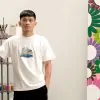Shona McAndrew is a multi-disciplined artist based in Philadelphia. Her work spans sculptures, paintings, and digital collages. One of her most well-known creations is her life-sized paper-mâché sculptures of plus-sized women that represent women in powerful moments with themselves.
McAndrew‘s sculptures capture women in their natural eloquence that most would revert to in the absence of an audience. However, these captures of eloquence are not meant to be hidden but to be adored. She portrays her muses in positions of power to confront the lack of representation of plus-sized women today. Shona aims to break the stereotype of fat women being depicted as “before” pictures in contrast with smiling “after” versions of their thinner selves.
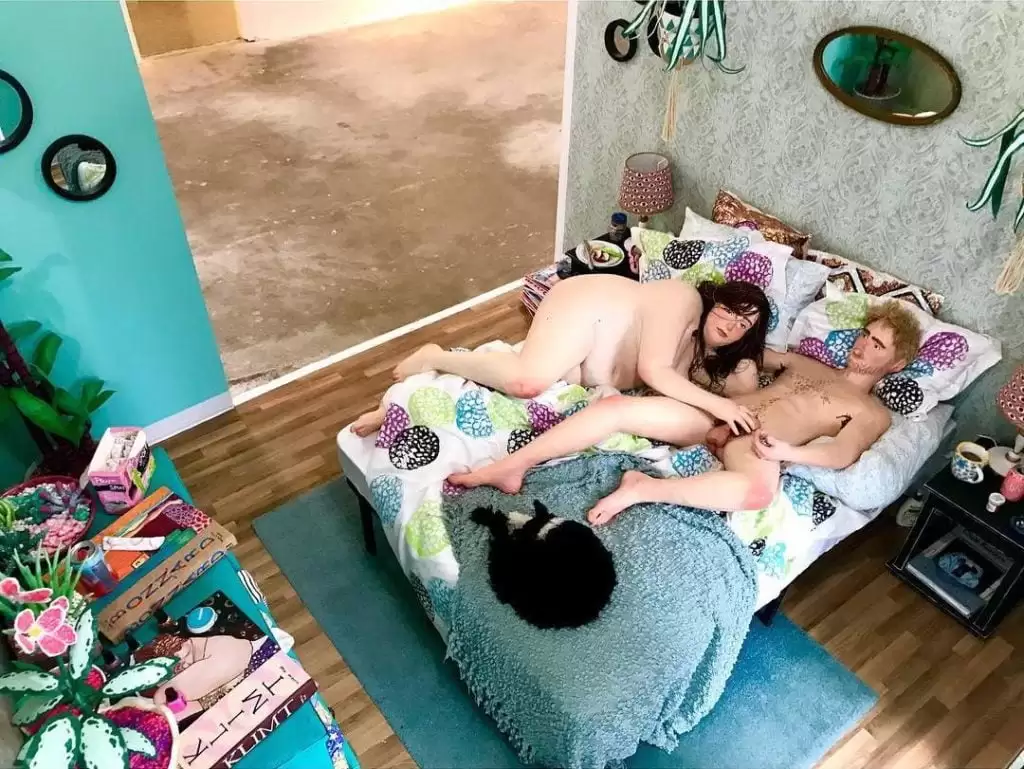
Image courtesy of the artist
Shona has had successful exhibitions in New York, Los Angeles, and Philadelphia and was part of the Museum of Sex’s exhibition, NSFW Female Gaze. She has also been featured in the Huffington Post, Vice Creators, Bustle, and more. Shona’s highly detailed paper-mâché installation of a nude couple was received well at the New York’s Spring/Break Art Show in 2019. With her unique style of expression, Shona is an artist to watch. In this interview, we will be getting to know more about the woman behind the sculptures, her inspiration and her creative process.
Q: First things first, why do you do what you do?
Shona McAndrew: I want to celebrate women for their complexity and beauty, but I want it to be on their own terms. So much of the history of imagery and art history is dominated by men depicting women for men, and I want to subvert and offer an alternative vision to this male gaze.
Q: What is your inspiration?
A: Powerful women. The way I feel every single time a woman shares her unique voice with the world, and the thought that I can help that happen. The world is better for it every time. I hope to be able to give the women I work with a place for their own experience of womanhood to shine.
Q: What is your creative process when you’re creating?
A: I think creativity can be overly romanticized, especially by people who don’t engage in creative work. When I’m in the midst of making, it’s just a lot of hard, tedious work and long hours, all driven by some insatiable desire to out-do myself.

Image courtesy of the artist
Most of the work builds off of previous ideas and experiences, so that classic idea of a grandiose “a-ha” moment never really happens in my studio. My process is much more a string of very small “a-ha” moments as I figure out the right color palette, pose, references, etc. Each piece or project starts by collecting images, making drawings and digital collages. But once I have the idea worked out, it’s go, go, go, without stopping or distraction. I need that kind of focus to feel in-tune with my work.
Q: Which is your preferred surface for working on sculptures, canvas, or paper?
A: I don’t have a preference between sculpture and painting. I am driven much more by ideas than I am by a medium. If an idea is best expressed as an installation, I will make an installation. If another set of ideas needs to be a series of large scale paintings, then it makes no sense to try and force that idea into sculpture. I very much enjoy that side of my practice, I never know where my next project takes me.
Q: What would you say is an integral part to the work of an Artist?
A: An artist needs to have a vast knowledge of art history and the context in which they are making work. This historical understanding also needs to be paired with ideas that are tethered to the present moment. Especially in my practice, something like a historical, social, psychological and cultural understanding of the Male Gaze is crucial.
What has it meant and what does it mean to create representations of women, and why do more of it? I’ve been trying to answer that question for quite some time, and I know I have only started scratching the surface.
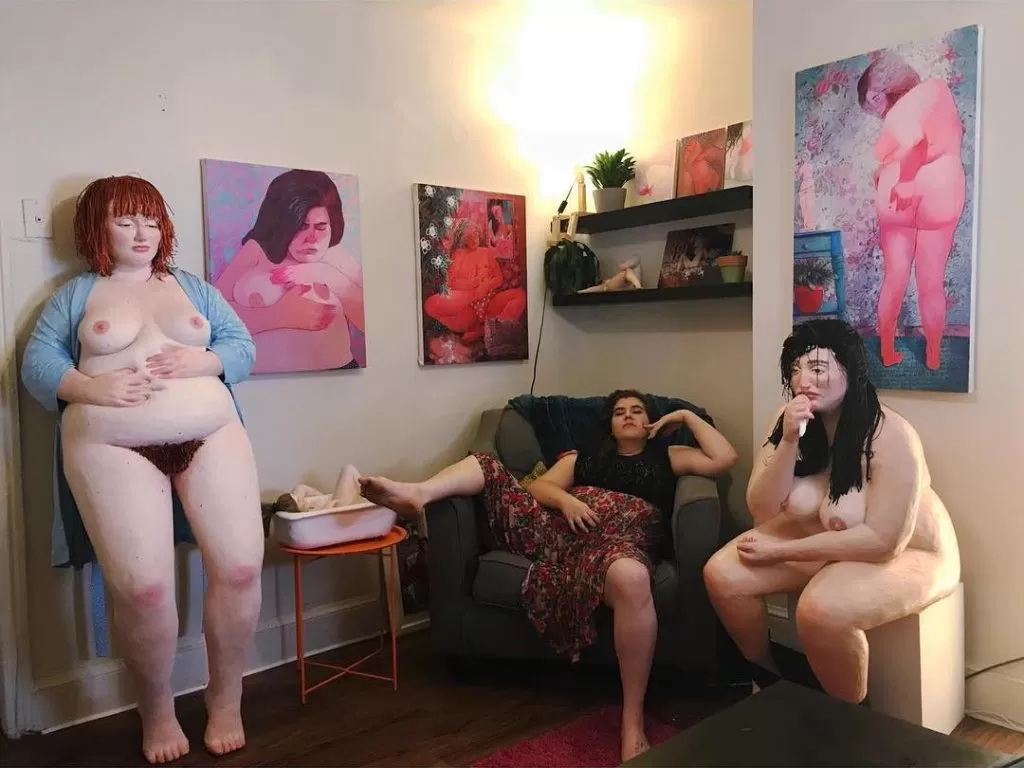
Image courtesy of the artist
Q: What is the reason behind your use of curvy (plus size) women in your pieces?
A: Up until this current body of work, I have mainly worked with self-portraiture. As I am a plus-size woman myself, I wanted to focus on what I know. And I know what it feels like to be a fat woman. I rarely encountered images of women with a body anything like mine, and I wanted to better understand why contemporary notions of beauty have such a narrow focus on a specific body-type. That being said, with my show Muse, I expanded my own focus to start working outside my own limited experience with a wider range of women and their bodies

Q: When do you know when a piece is finished?
A: There is no clear-cut moment. After every inch of the work has been considered and equally loved, I feel comfortable letting it sit in my studio for a moment. I may come back in and add some flourishes to give the space or women a more specific identity, but each piece is pretty much finished by this point.
Q: What’s your favorite piece from your collection?
A: That’s a hard one. I’ve played that game with myself once or twice and I never can settle on just one. Each piece reminds me of the specific woman the work is based on, and with that in mind, each one feels very different to me.
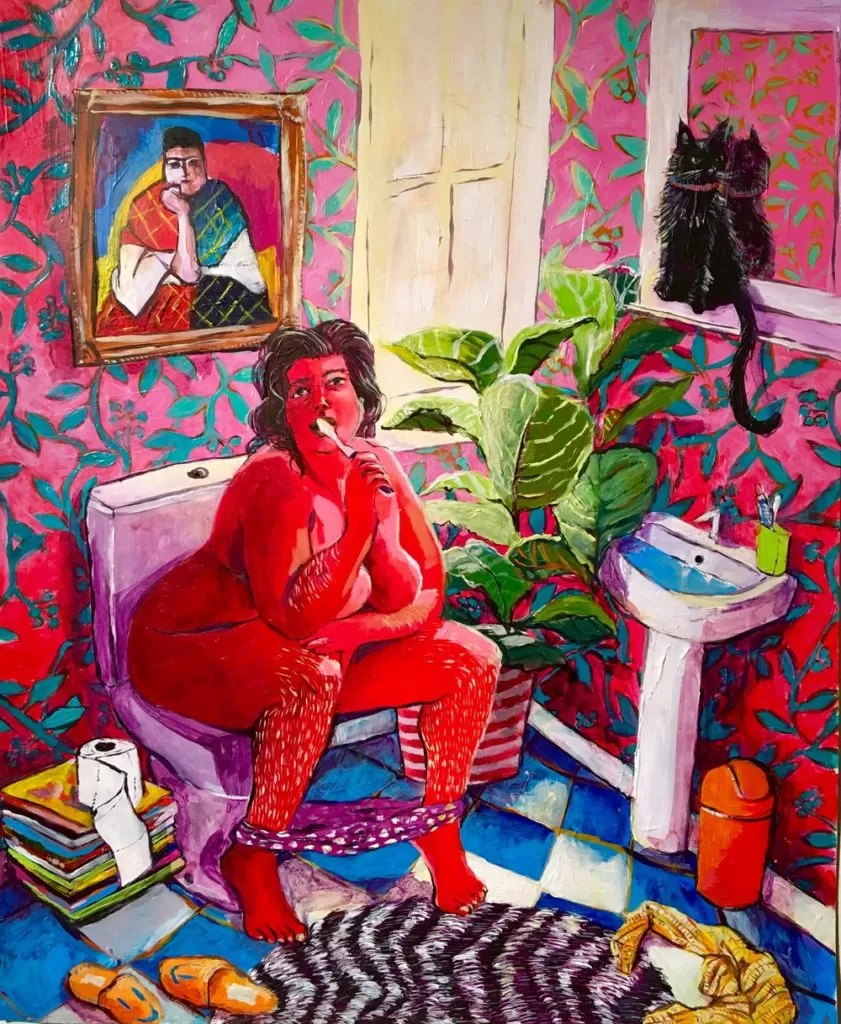
Shona Mcandrew
Image courtesy of the artist
Q: How did you feel when you did your first solo exhibition?
A: Excited and nervous. It was a uniquely special opportunity and a real chance to step up my game. To work with women as badass and grand as Maria Brito and Clara Ha has been the most exceptional experience of my life.
Q: What is the most rewarding thing for you about being a part of the Art Industry?
A: Being part of the lineage of woman who have fought for me to have a place in this world. It’s a privilege I don’t take for granted.
Q: Is there anything that worries you about how social media is affecting the promotion of artists?
A: I think it can lead to art that only needs to succeed on iPhone-sized screens.
Q: In your opinion, do you have any advice for artists on how to manage their Social media image? Or does it even need managing?
A: Instagram can be a great place for artists, critics, curators, galleries and collectors to congregate and openly share their ideas on a platform designed to share images. However, you have to understand how to use it, which can make it tempting for some people to shift their practice to the platform. Rather than shift my practice, I have tried out different ways of documenting my work to figure out what works best.
In general, I like to keep my page professional by keeping my posts limited to art and my practice making sure all images are edited clean and well-organized. I know people will lose interest or get confused if they have to scroll through 20 pictures of my cat and latest photo-worthy meals to find an art piece. I see it as the artist’s version of Linkedin. I make sure that if someone looks me up, in a single glance, they know exactly what I do.
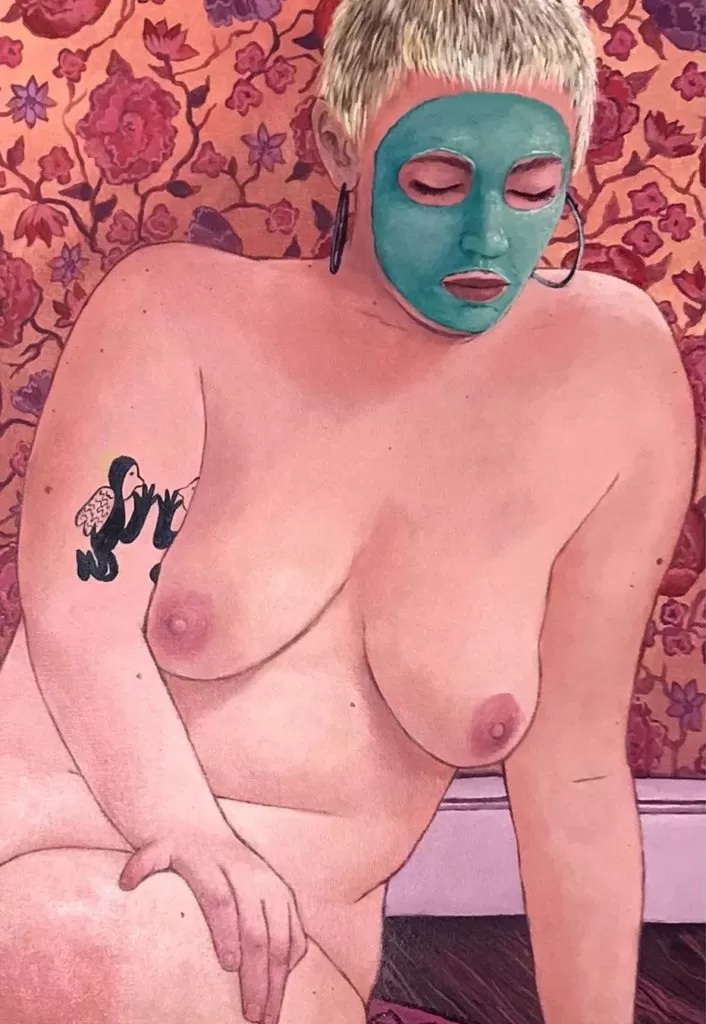
Shona Mcandrew
Image courtesy of the artist
Q: Do you have any advice for artists starting and don’t know where to begin?
A: Spend a lot of time looking at other people’s art and begin to understand what you like and why. Don’t limit yourself to one style, concept, medium or process. And work, work, work. The more you make, the faster you work through your ideas and can figure out where to go next.
Q: What would you say is the best way of getting your art noticed in the age of the internet?
A: In a time when everyone over saturated with images bombarding them from every angle, an artist has to create with purpose. There are hundreds and thousands of artists making good work, and each of them is filled with a similar desire to succeed. In an artworld in which you have little control over your own success, one of the only things you can control is how often and hard you work. Do something in your studio everyday, make something, even if you are not having the best of days and your creative juices won’t flow.
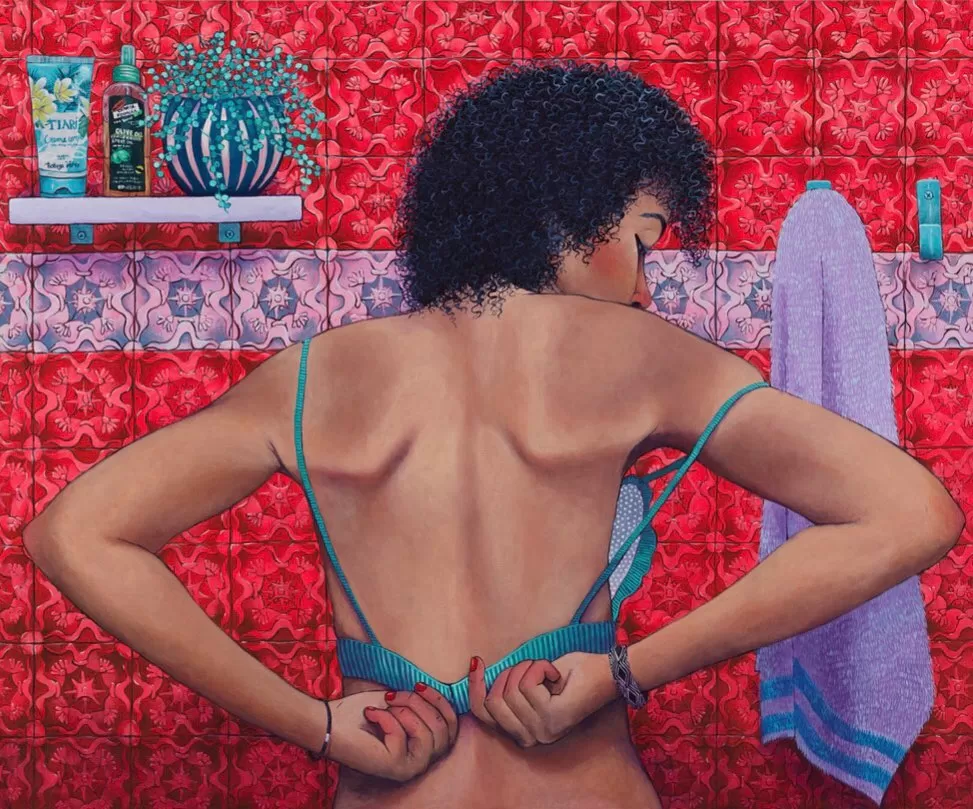
Shona Mcandrew
Image courtesy of the artist
Q: Are there any places where you feel Art and Technology really shouldn’t overlap?
A: It’s a double-edge sword, but I am going to say social media is wonderful because it allows art from across the world to be seen on a huge platform. Every young artist I know had an important moment in their career happen thanks to the visibility that Instagram offers. At the same time, art should not be consumed rapidly mid-scroll on a small screen, flattened and scaled down to a certain size and number of pixels.
It can be easy to feel satisfied by producing and consuming jpeg versions of art rather than making the journey to see a physical piece of work face to face. That is actually one of the reasons I made a life-size paper mache installation of my bedroom earlier this year. I wanted people to move around the piece in a way that needed to be experienced in person.

Image courtesy of the artist
This was Shona Mcandrew for Art Plugged artists inside the industry season. You can follow Shona on Instagram and head over to her website for her latest works, exhibitions and more.
https://www.instagram.com/shona_mcandrew/
©2019 Shona McAndrew



